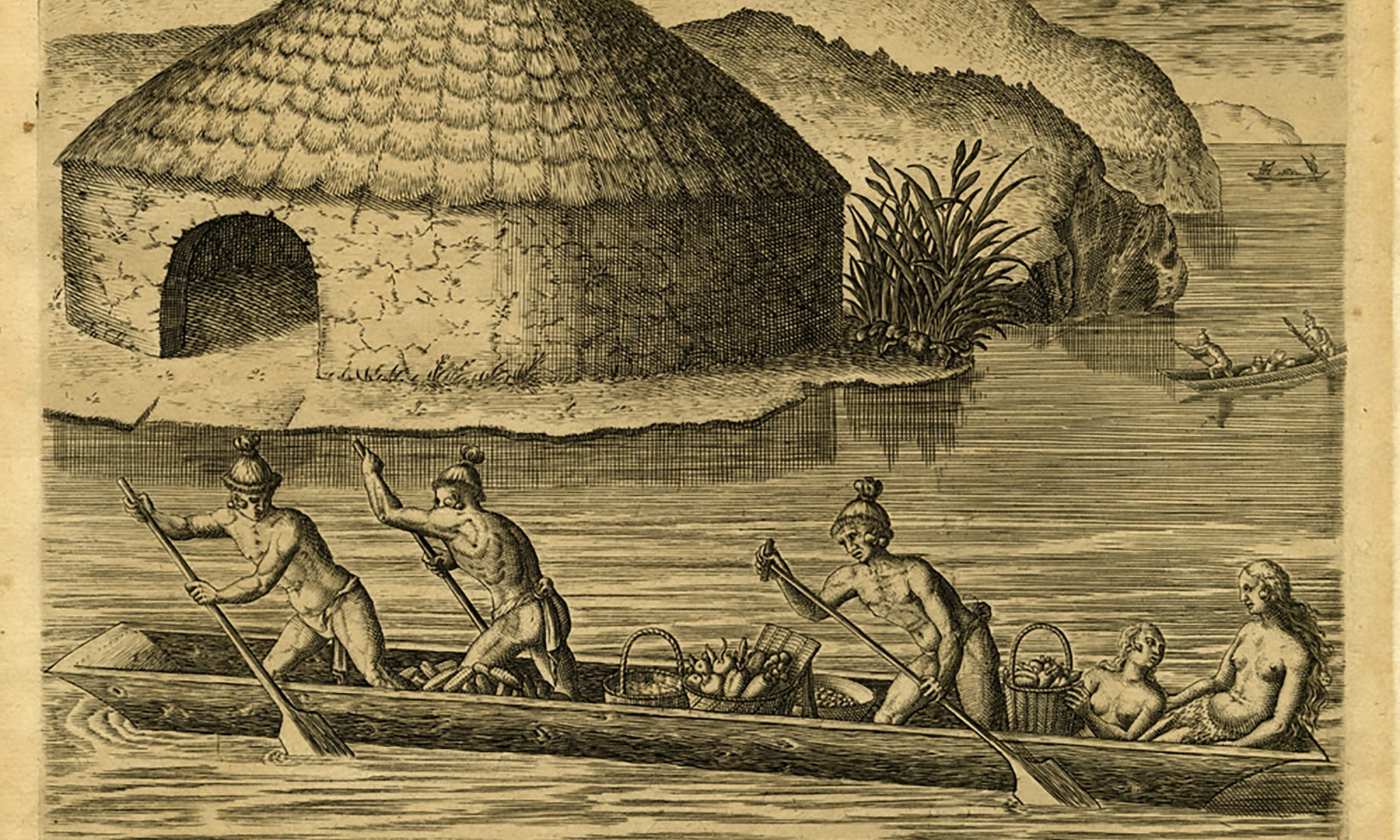We are pleased to present the first issue of Ytori (pronounced ee-TOR-ee), the magazine of the University of Florida College of Liberal Arts and Sciences. This publication opens a new chapter in our communications with our alumni, students, staff, and friends of the college.
We also recognize our University of Florida home through the title of our new magazine: a means alligator in the Timucuan language. The Timucua were a comparatively large indigenous group, containing between 50,000 and 200,000 people, who moved into north-central and northeast Florida as early as 1100 CE. Their language is preserved in Spanish missionary texts, whose translations allow scholars such as UF’s Professor of Anthropology Aaron Broadwell to reconstruct both the grammar and lexicon of the language. Professor Broadwell’s project has attracted the interest of many students, who are in turn further expanding our knowledge of the language as caretakers of this important part of the history of our region.
This project shows how, through careful textual analysis, the humanities can enrich our understanding of our own culture and history, an undertaking every bit as important as the work of our researchers who are making breakthrough discoveries in science and technology.
As you read Ytori, you will become aware of the many fields in which our faculty and students are contributing to the future well-being of our nation and our world. Our goal is to present the best of our college in an entertaining and informative publication. In addition to this print version, the magazine also will be available through the UF CLAS mobile app and on the college website.
Finally, I thank all of the authors, editors, writers, photographers, and designers who have brought this project to fruition.
With best regards,

David E. Richardson
Dean, College of Liberal Arts and Sciences
